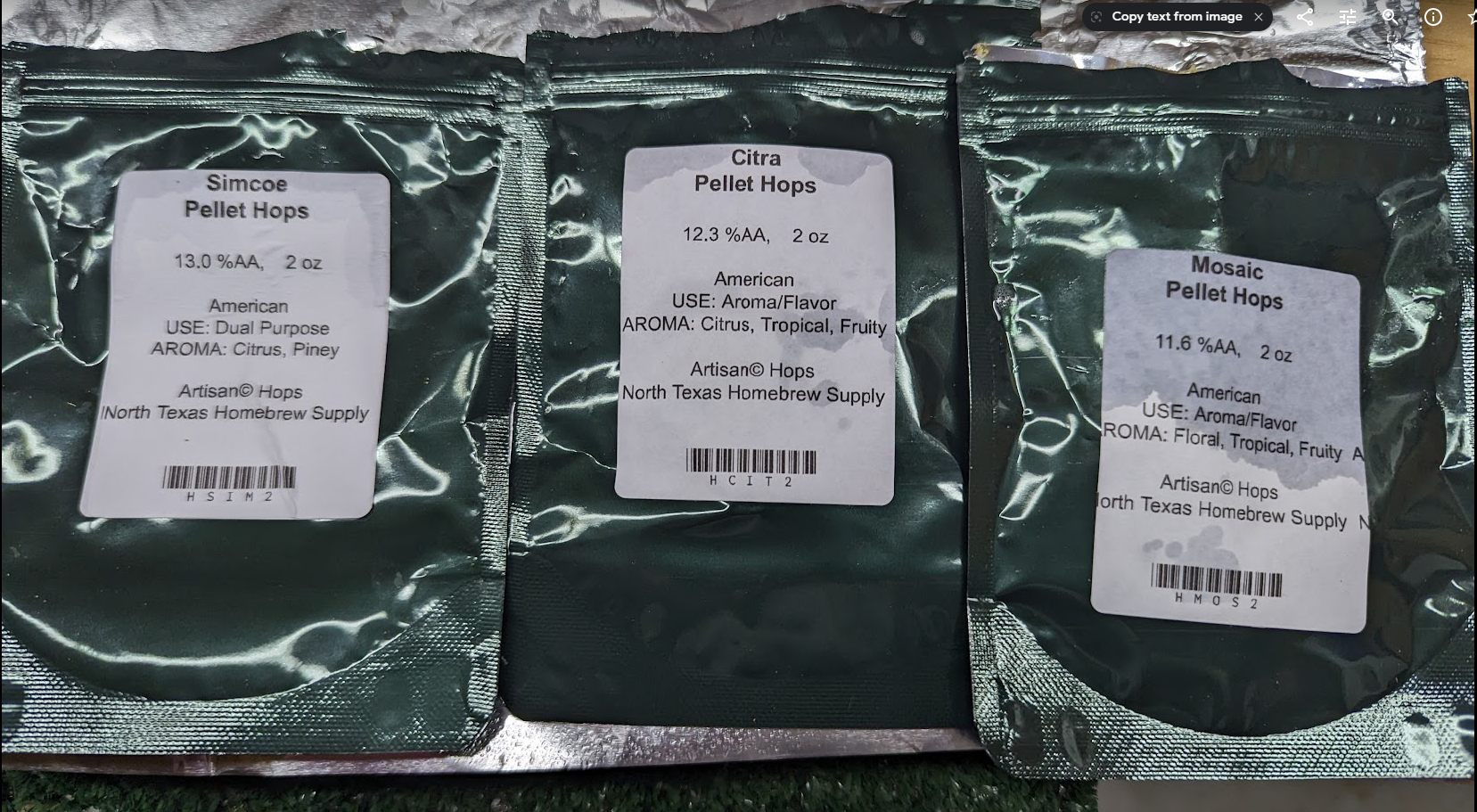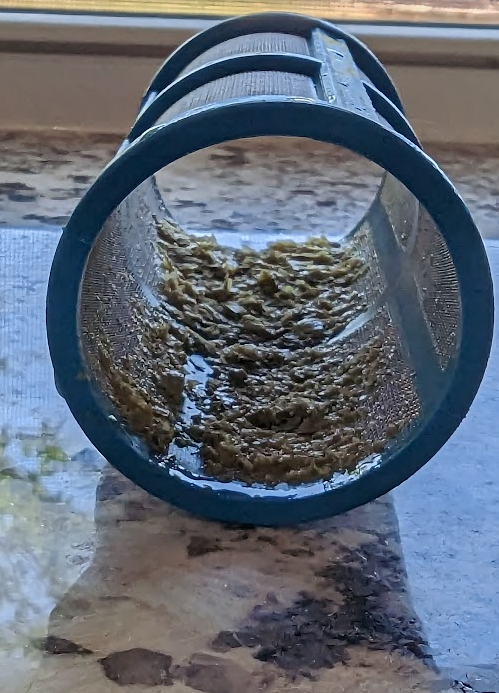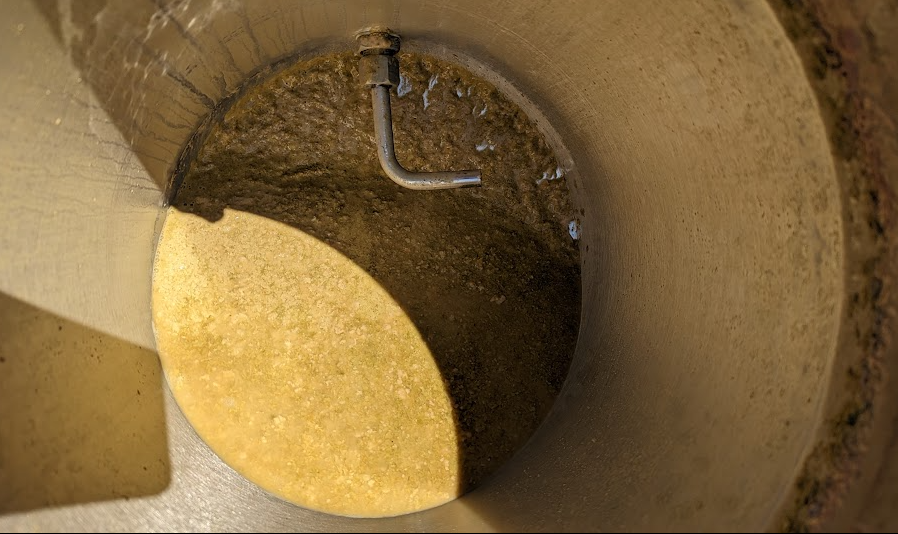- Joined
- Nov 19, 2017
- Messages
- 250
- Reaction score
- 93
I've only fermented two batches in my Anvil Fermentor. The first one had a 2oz dry hop and wound up clogging the dip tube. I was pretty surprised considering I kept my dip tube horizontal during fermentation and cold crashed for 24 hours. I wound up resorting to my auto siphon and finished the job off nicely.
This Friday I'm brewing a NEIPA with a total of 7oz of dry hops, and this will also be my first closed transfer attempt. I'm getting a little nervous and want to make sure I don't run into the same problem.
Any tips to avoid a clogged dip tube? Longer crash time?
This Friday I'm brewing a NEIPA with a total of 7oz of dry hops, and this will also be my first closed transfer attempt. I'm getting a little nervous and want to make sure I don't run into the same problem.
Any tips to avoid a clogged dip tube? Longer crash time?






